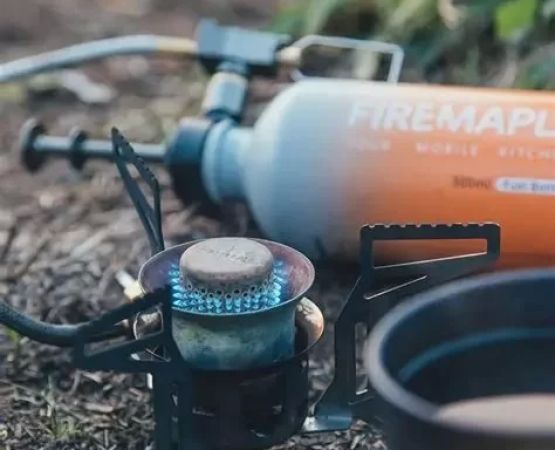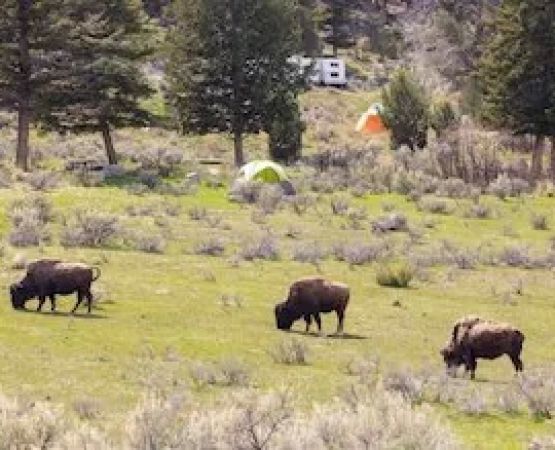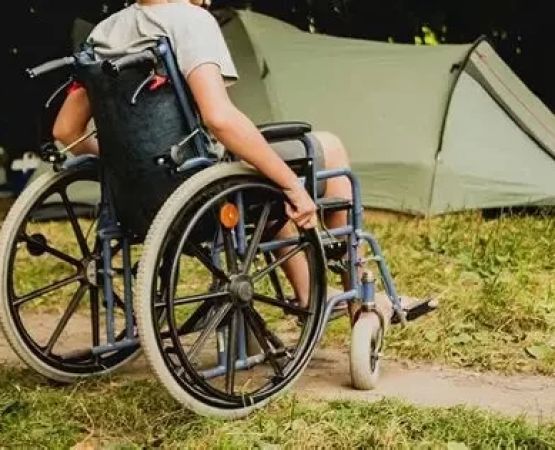- #how-to-prepare-for-a-flash-flood-while-camping - understanding-risks - why-preparation-matters
- #recognizing-warning-signs - weather-alerts - natural-indicators
- #choosing-safe-campsites - elevation-factors - avoiding-danger-zones
- #emergency-preparedness - packing-smart - evacuation-plans
- #real-cases-and-lessons - stories-from-campers - key-takeaways
- #building-confidence-through-preparation - skills-and-practice - family-safety
- #recommendations-and-destinations - safe-camping-destinations - pine-cliff-resort-experience
How to Prepare for a Flash Flood While Camping
Camping brings us closer to nature, but it also requires respect for its unpredictability. Among the most dangerous natural events campers may encounter is a flash flood. Understanding how to prepare for a flash flood while camping can make the difference between a safe adventure and a life-threatening situation. Preparation not only reduces risks but also builds confidence in enjoying the outdoors responsibly.
Recognizing early warning signs
Monitoring weather updates
Before and during your trip, check reliable weather forecasts. Sudden heavy rainfall in upstream areas often leads to flash floods, even if your campsite has clear skies. Many campers use portable weather radios or smartphone apps for real-time alerts, a small investment that can prevent major risks.
Observing natural surroundings
Nature often provides clues. Rapidly rising streams, muddy or debris-filled water, or unusual rumbling sounds can all signal imminent flooding. Experienced campers learn to pay attention to these details, adjusting plans before the situation worsens.
Selecting the safest campsite locations
Staying above danger levels
When pitching a tent, elevation is everything. Avoid valleys, dry creek beds, or areas close to rivers. Opting for higher ground ensures water has less chance of reaching your spot, giving you critical extra minutes if flooding begins.
Steering clear of risky landscapes
Flash floods often sweep through narrow canyons or gorges, places that may look scenic but pose extreme risks. Similarly, low-lying meadows may collect water quickly. A smart camper balances beauty with practicality when choosing a site.
Packing for emergencies
What to include in your kit
A well-prepared camping kit should include waterproof bags, headlamps, extra batteries, a whistle, and a first aid kit. These items might seem minor but become vital in a fast-moving emergency. Keep essentials easily accessible, not buried deep in backpacks.
Planning your escape routes
Every camper should identify at least two evacuation paths. Practice moving quickly without hesitation, especially if camping with children. During a flash flood, hesitation costs precious seconds. Some campers even rehearse short drills to make sure everyone knows their role.
Learning from real events
When floods strike unexpectedly
One group of campers in Arizona shared online how a seemingly dry riverbed turned into a torrent within minutes after rainfall upstream. They barely managed to move their gear to higher ground. Their story highlights the importance of never underestimating flood risks, no matter how calm the environment seems.
Lessons every camper can use
These real-world accounts emphasize preparation: check forecasts, avoid low-lying areas, and keep evacuation plans ready. Such stories remind us that survival often comes down to preparation made long before the storm.
Gaining confidence through safety measures
Practical drills and mindset
Just as hikers practice navigation, campers benefit from practicing quick evacuation routines. Turning preparation into a habit helps build calmness under stress, ensuring safer reactions when seconds matter.
Protecting loved ones outdoors
Families camping together should prioritize communication. Assigning small roles, like who carries emergency gear or who leads younger members, helps streamline responses. Confidence comes from knowing every member understands the plan.
Choosing the right places to camp
Destinations with safety in mind
Not all camping spots are created equal. Popular national parks often provide designated flood-safe zones and emergency information. Choosing such destinations gives added layers of security while still allowing outdoor exploration.
Why Pine Cliff Resort is an ideal choice
At Pine Cliff Resort, campers enjoy the perfect blend of natural beauty and safety. With staff guidance, modern facilities, and carefully chosen campsites, visitors can immerse themselves in nature while knowing their safety is supported. This balance makes the experience not just safer but also more enjoyable.






